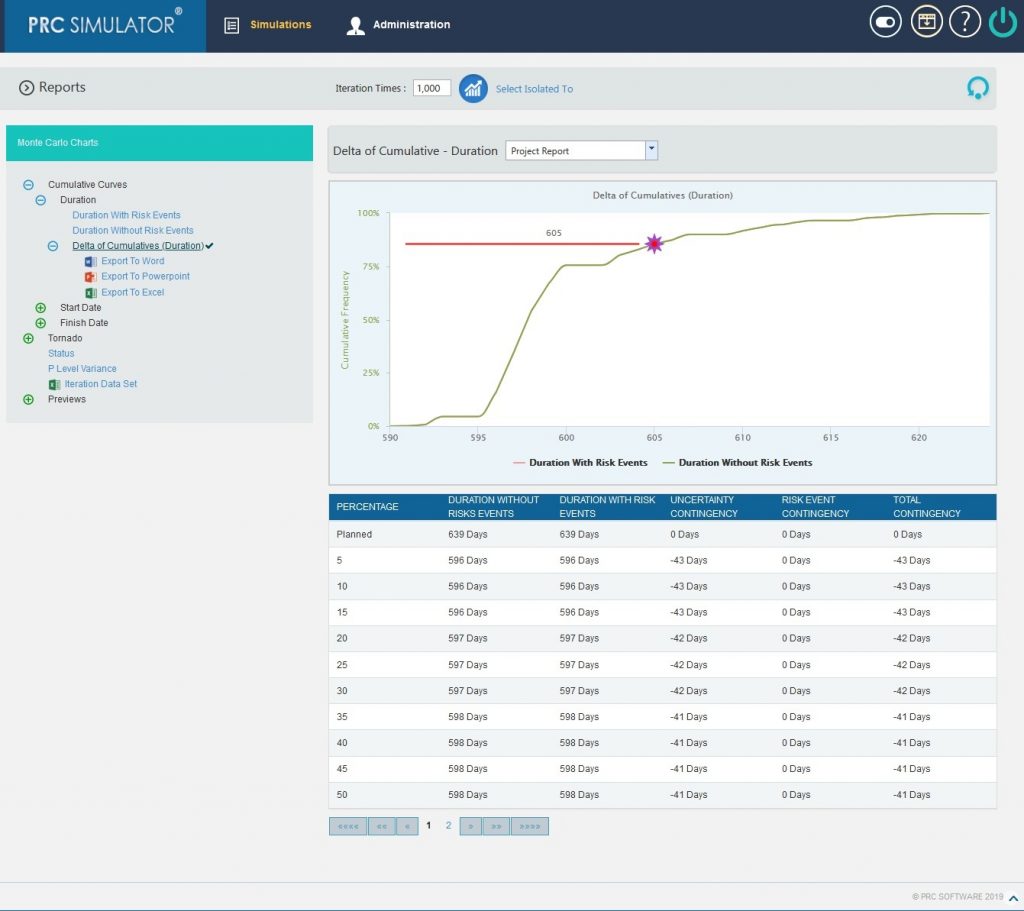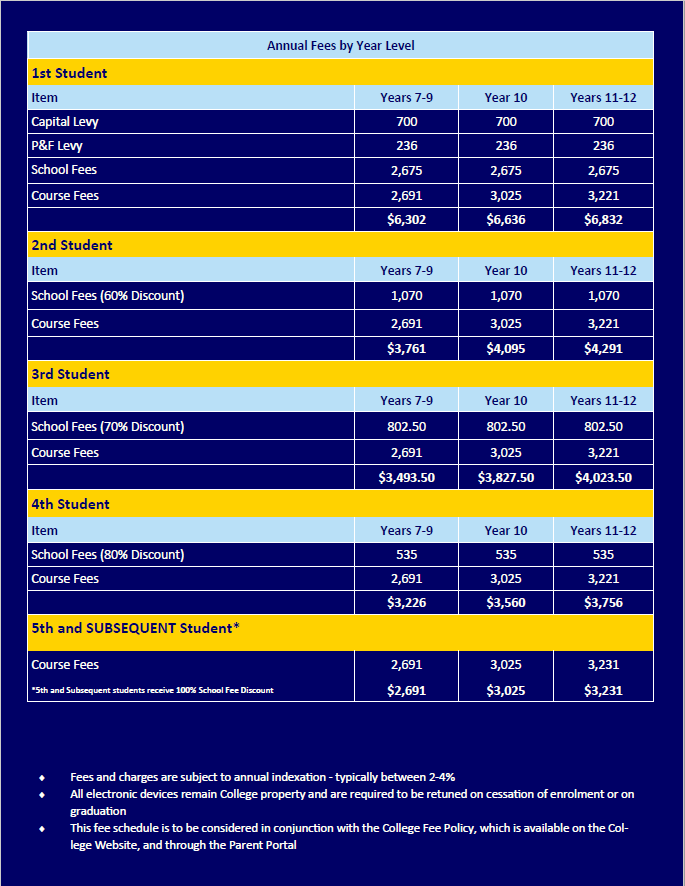
Is the 2022 Medicare physician fee schedule available?
The Centers for Medicare & Medicaid Services (CMS) released the 2022 Medicare Physician Fee Schedule and Quality Payment Program final rule on Nov. 2 .
Where can I find Medicare fee schedules?
To start your search, go to the Medicare Physician Fee Schedule Look-up Tool. To read more about the MPFS search tool, go to the MLN® booklet, How to Use The Searchable Medicare Physician Fee Schedule Booklet (PDF) .
What is the Medicare fee for 2022?
Most people pay the standard Part B monthly premium amount ($170.10 in 2022). Social Security will tell you the exact amount you'll pay for Part B in 2022. You pay the standard premium amount if: ■ You enroll in Part B for the first time in 2022.
What is the Medicare fee schedule?
A fee schedule is a complete listing of fees used by Medicare to pay doctors or other providers/suppliers. This comprehensive listing of fee maximums is used to reimburse a physician and/or other providers on a fee-for-service basis.
How often is the Medicare fee schedule updated?
annuallyThe fee schedule is updated annually by the Centers for Medicare and Medicaid Services (CMS) with new rates going into effect January 1 of each year. By law, CMS must publish the new rates in the Federal Register by November of the preceding year.
How are fee schedules determined?
Most payers determine fee schedules first by establishing relative weights (also referred to as relative value units) for the list of service codes and then by using a dollar conversion factor to establish the fee schedule.
Are Medicare premiums going up in 2022?
In November 2021, CMS announced that the Part B standard monthly premium increased from $148.50 in 2021 to $170.10 in 2022. This increase was driven in part by the statutory requirement to prepare for potential expenses, such as spending trends driven by COVID-19 and uncertain pricing and utilization of Aduhelm™.
What are the Medicare changes for 2022?
In 2022, Original Medicare costs will increase across the board, but average Medicare Advantage premiums will be lower. Other changes include more plans that cap insulin costs, improved access to mental health care and Medicare Advantage for ESRD patients for coverage starting in 2022.
What are the cuts to Medicare in 2022?
Congress passed the American Rescue Plan Act of 2021 (ARPA) which included additional COVID-19 relief triggering PAYGO and imposing a 4 percent cut to all Medicare payment. Without Congressional intervention, the statutory PAYGO cut of 4 percent will go into effect on January 1, 2022.
How does CMS reimbursement work?
The Centers for Medicare and Medicaid (CMS) sets reimbursement rates for all medical services and equipment covered under Medicare. When a provider accepts assignment, they agree to accept Medicare-established fees. Providers cannot bill you for the difference between their normal rate and Medicare set fees.
Is Rbrvs the same as Medicare fee schedule?
The RBRVS-based fee schedule adopts the Medicare relative value scale file which sets forth separate RVUs for work, practice expense and malpractice.
How Much Does Medicare pay for 99214?
$141.78CPT Code 99214 Reimbursement Rate Medicare reimburses for procedure code 99214 at $141.78.
Is Rbrvs the same as Medicare fee schedule?
The RBRVS-based fee schedule adopts the Medicare relative value scale file which sets forth separate RVUs for work, practice expense and malpractice.
Do Medicare Advantage plans follow Medicare fee schedule?
CMS does not require Medicare Advantage plans to pay providers the rates established by the MPFS. However, plans in many cases have provider contracts tied to the MPFS.
What is a reimbursement schedule?
Reimbursement Schedule means the compensation payable to Practitioner by a Payor, as payment in full, for Practitioner's provision of Covered Services to Members.
Who processes Medicare fee-for-service claims?
Noridian Healthcare SolutionsNoridian Healthcare Solutions is the Medicare Administrative Contractor for California and is responsible for processing all Medicare fee-for-service Part A and B claims.
When is the Medicare Physician Fee Schedule 2020?
This final rule updates payment policies, payment rates, and other provisions for services furnished under the Medicare Physician Fee Schedule (PFS) on or after Jan. 1, 2020.
When will Medicare start charging for PFS 2022?
The CY 2022 Medicare Physician Fee Schedule Proposed Rule with comment period was placed on display at the Federal Register on July 13, 2021. This proposed rule updates payment policies, payment rates, and other provisions for services furnished under the Medicare Physician Fee Schedule (PFS) on or after January 1, 2022.
What is the MPFS conversion factor for 2021?
CMS has recalculated the MPFS payment rates and conversion factor to reflect these changes. The revised MPFS conversion factor for CY 2021 is 34.8931. The revised payment rates are available in the Downloads section of the CY 2021 Physician Fee Schedule final rule (CMS-1734-F) webpage.
What is the calendar year 2021 PFS?
The calendar year (CY) 2021 PFS proposed rule is one of several proposed rules that reflect a broader Administration-wide strategy to create a healthcare system that results in better accessibility, quality, affordability, empowerment, and innovation.
What is the CY 2021 rule?
The calendar year (CY) 2021 PFS final rule is one of several rules that reflect a broader Administration-wide strategy to create a healthcare system that results in better accessibility, quality, affordability, empowerment, and innovation.
When will CMS issue a correction notice for 2021?
On January 19, 2021, CMS issued a correction notice to the Calendar Year 2021 PFS Final Rule published on December 28, 2020, and a subsequent correcting amendment on February 16, 2021. On March 18, 2021, CMS issued an additional correction notice to the Calendar Year 2021 PFS Final Rule. These notices can be viewed at the following link:
What is the 2020 PFS rule?
The calendar year (CY) 2020 PFS final rule is one of several rules that reflect a broader Administration-wide strategy to create a healthcare system that results in better accessibility, quality, affordability, empowerment, and innovation.
